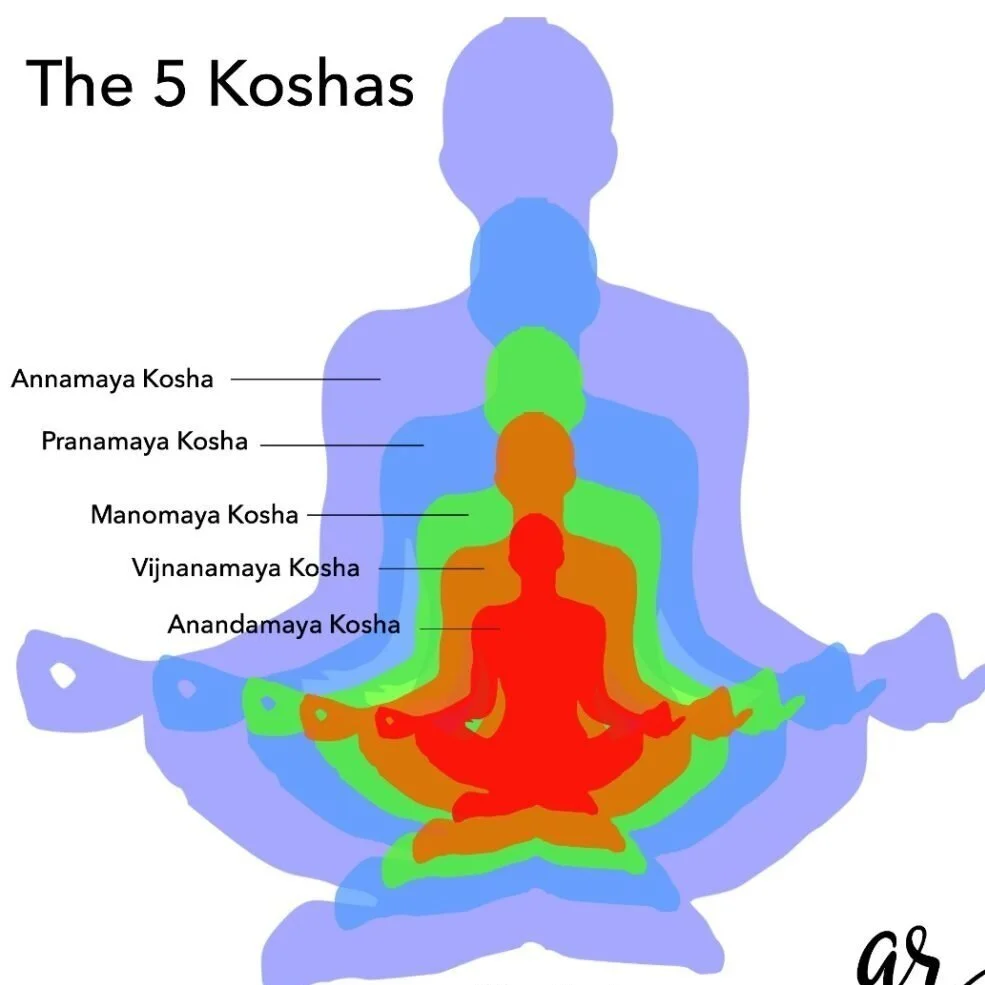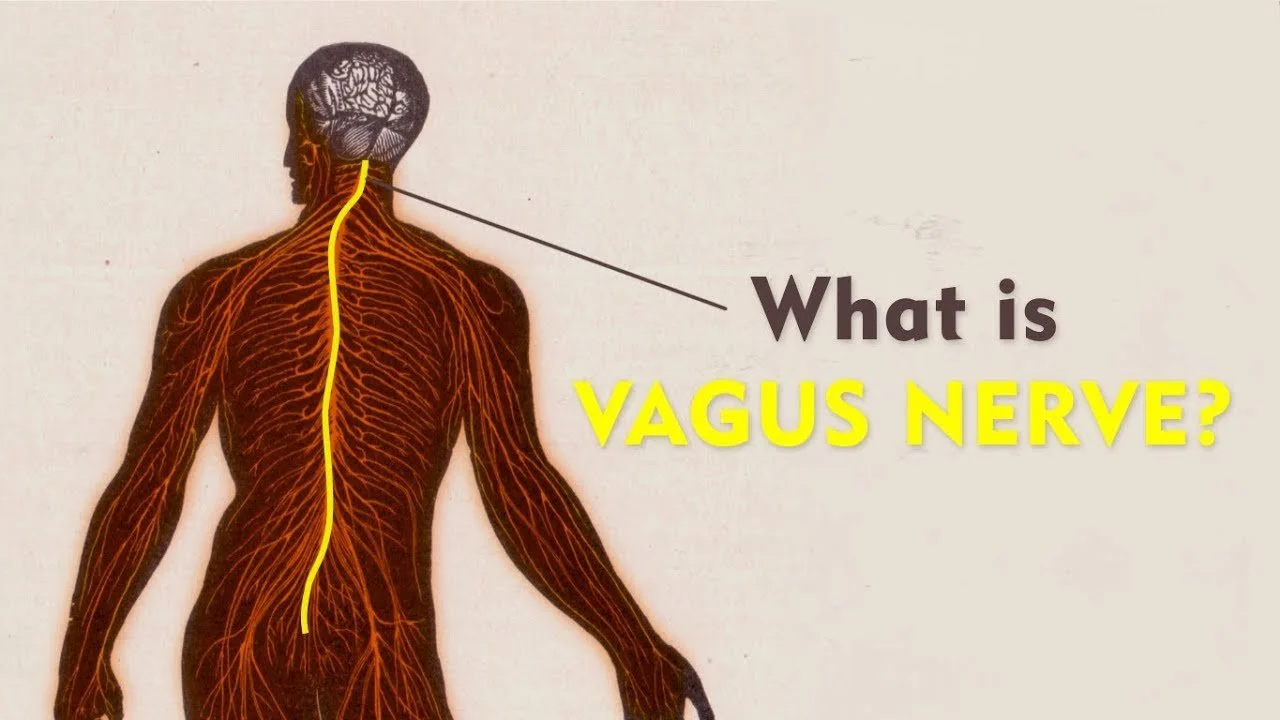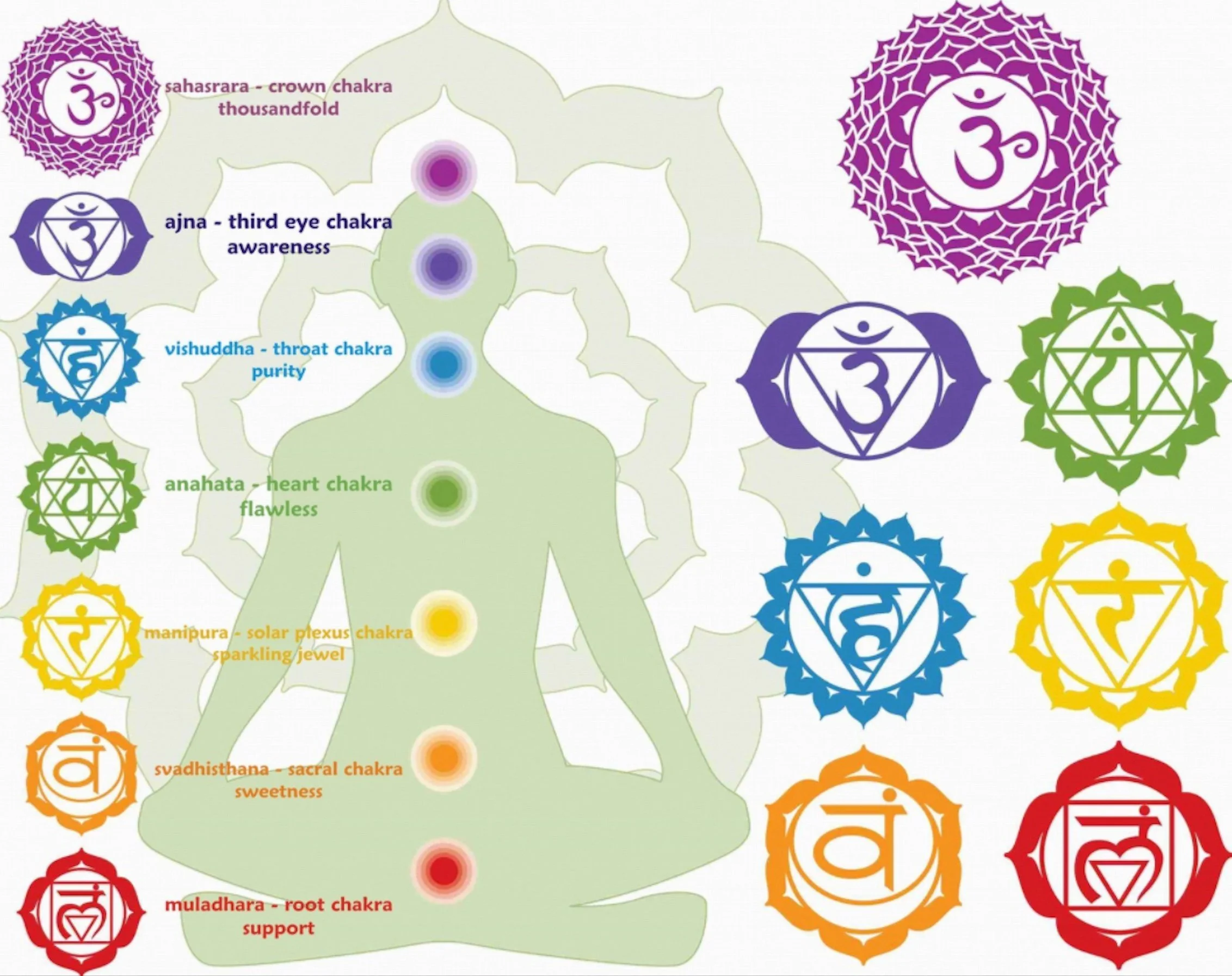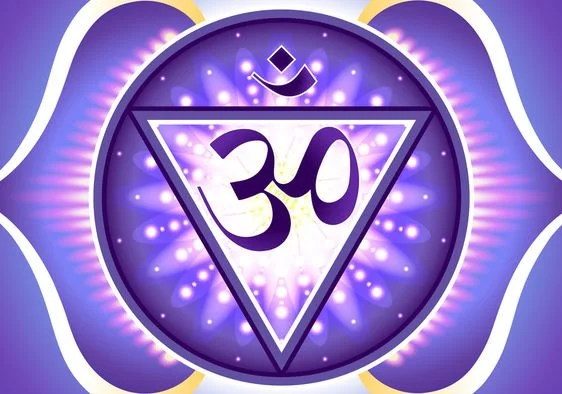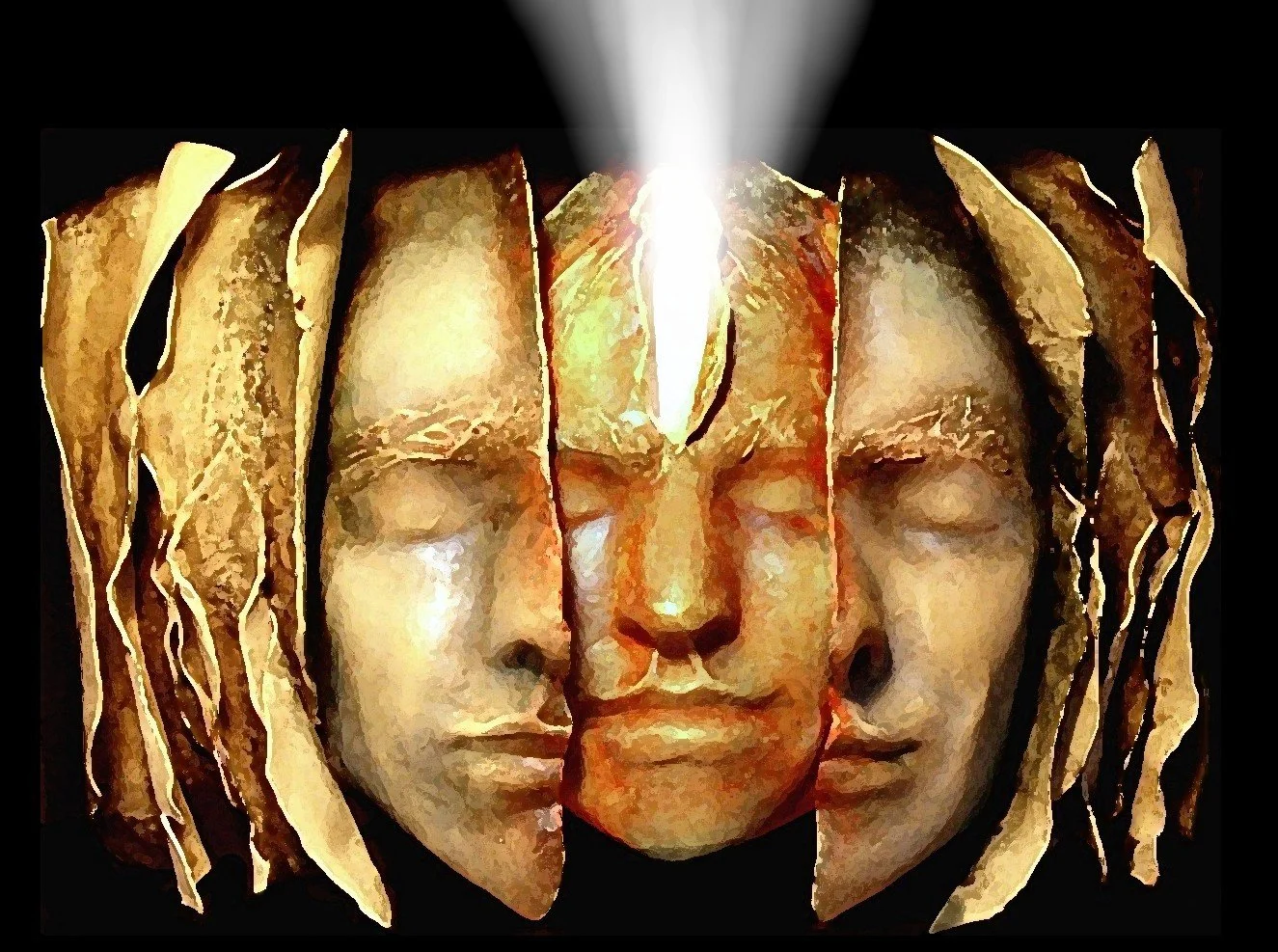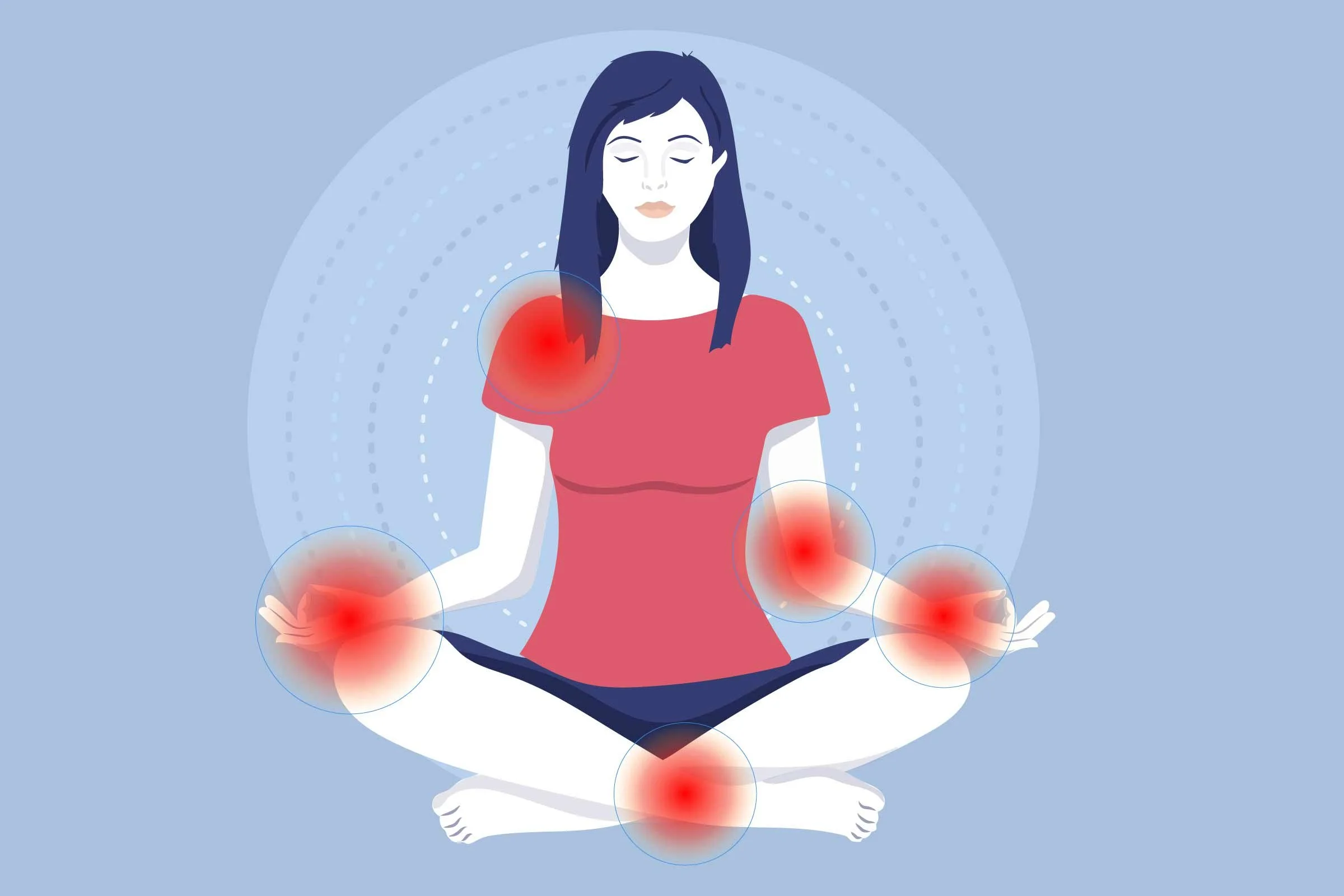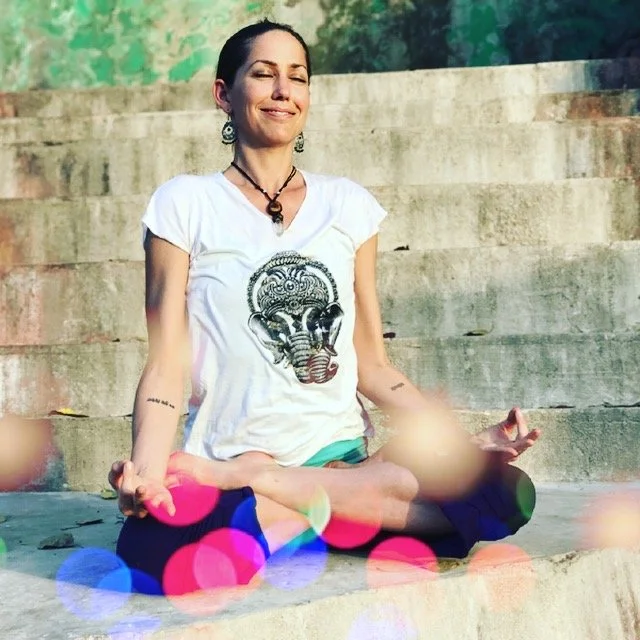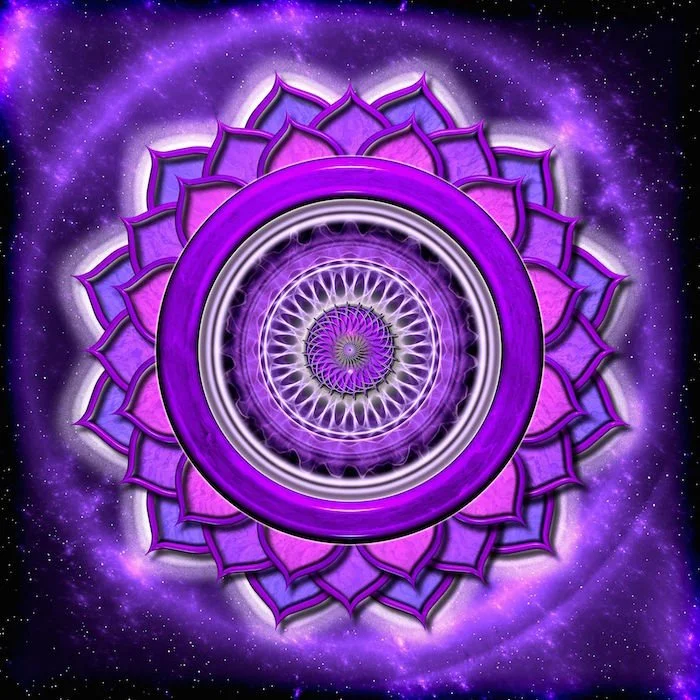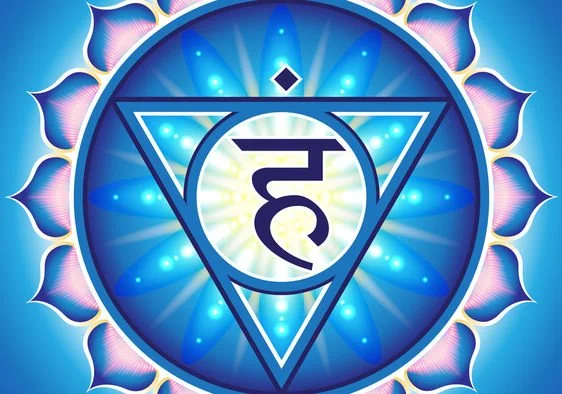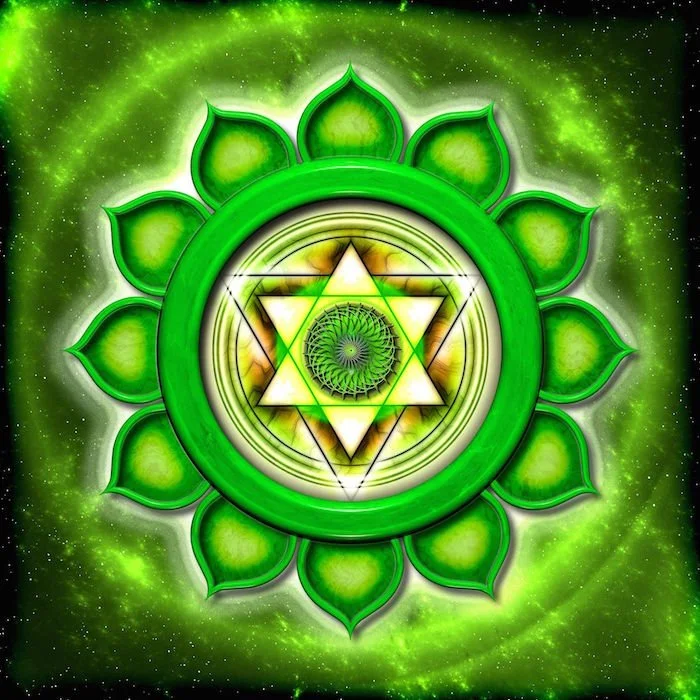Three neck muscles collectively known as the scalene muscles are situated on either side of the throat in the neck. They run along the sides of the neck and connect to the first and second ribs. The anterior scalene, middle scalene, and posterior scalene are the three scalene muscles.
Flexion, lateral bending, and rotation of the neck and shoulders are all actions involving the scalene muscles. They assist in lifting the upper ribs during inhalation, which is another function they provide in breathing.
Poor posture, stress, or an accident can cause the scalene muscles to tighten and become tender, which can cause pain and discomfort in the neck and shoulders. Thoracic outlet syndrome, a disorder in which the nerves and blood vessels that pass through the neck and shoulder become squeezed and cause discomfort and numbness in the arm, can also be caused by tightness in the scalene muscles.
Scalene muscle stiffness and rigidity can be relieved with stretching and massage. To identify the underlying cause of your pain and create an effective treatment plan, it's crucial to speak with a skilled healthcare practitioner.


